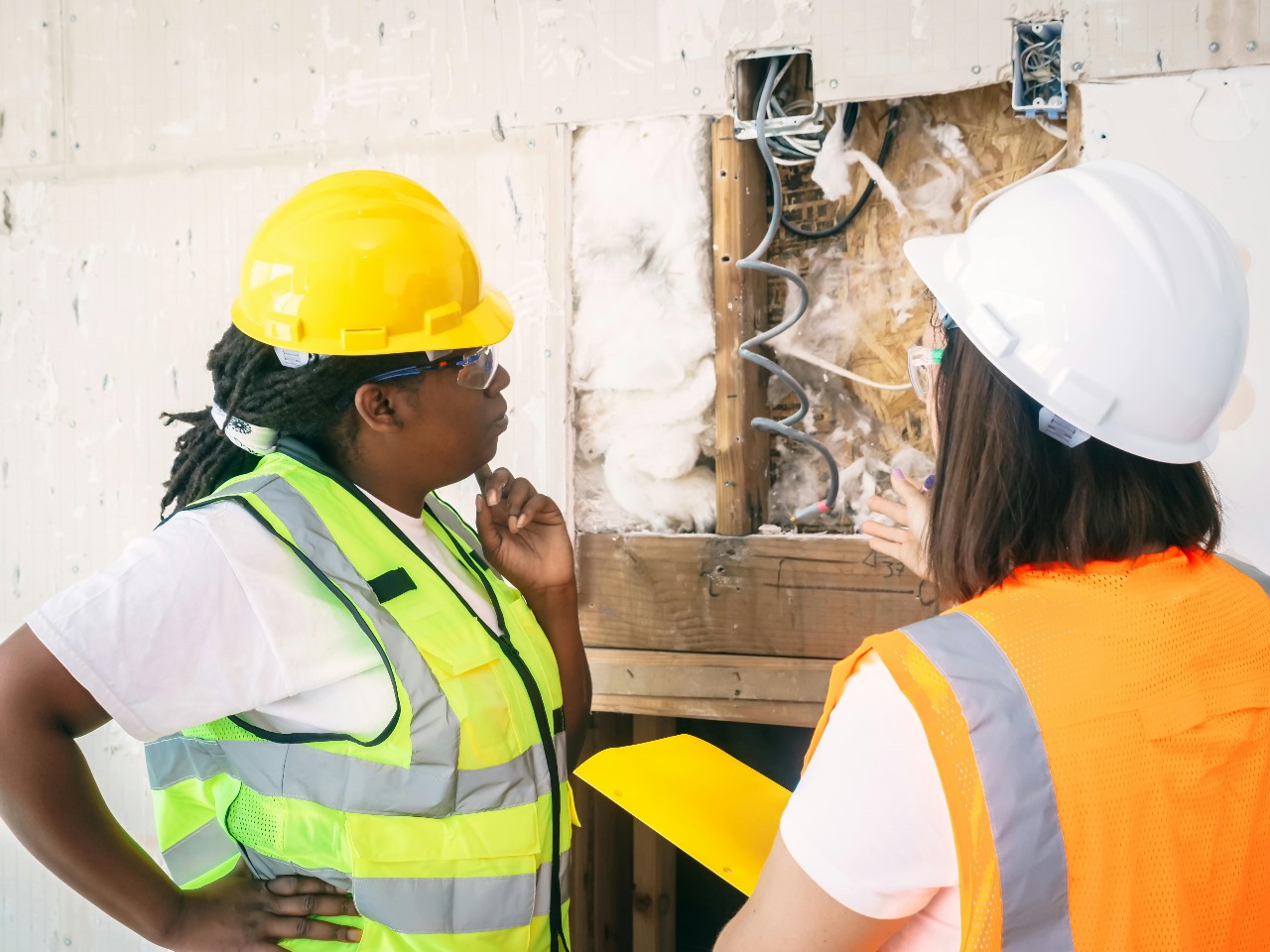Associated Builders & Contractors Inc. presents a comprehensive guide on DAS 142 requirements, focusing on their critical role for trade schools and contractors. Understanding DAS 142 is essential for professionals engaged in construction, vocational training, and related fields. This article dives deeply into the specifics of das 142 outlining what it entails, its importance, and how trade schools and contractors can ensure compliance.
What is DAS 142?
DAS 142 refers to a set of regulatory and operational requirements designed to standardize training, safety, and competency criteria for trade schools and contractors. These requirements are typically mandated by governing bodies to ensure the highest quality in vocational education and construction practices. For trade schools, DAS 142 establishes guidelines that promote effective training methodologies, while contractors must adhere to these rules to guarantee safe and skilled labor on construction sites.
Importance of DAS 142 for Trade Schools
Trade schools play a pivotal role in preparing students for skilled trades. DAS 142 ensures that these institutions provide consistent and comprehensive education, meeting industry standards.
Enhancing Training Quality
Under DAS 142, trade schools are required to implement curriculum standards that cover both theoretical knowledge and practical skills. This ensures students are job-ready upon graduation, with a clear understanding of workplace safety, equipment handling, and technical procedures.
Accreditation and Recognition
Compliance with DAS 142 often forms part of the accreditation process for trade schools. Meeting these requirements increases the institution’s credibility and enhances the employability of graduates. Employers frequently seek candidates trained under DAS 142 standards because it guarantees a baseline competency and safety awareness.
Resource and Facility Standards
DAS 142 also outlines the necessary resources and facilities trade schools must maintain. This includes up-to-date equipment, qualified instructors, and safe learning environments, all of which contribute to a more effective training experience.
DAS 142 Requirements for Contractors
Contractors, as the primary workforce in construction and other skilled trades, must comply with DAS 142 to maintain operational safety and quality.
Workforce Training and Certification
Contractors are required to ensure that their workforce has completed DAS 142-compliant training programs. This means workers have demonstrated proficiency in their trade as well as a strong understanding of safety protocols and legal regulations.
Safety Protocols and Compliance
One of the core elements of DAS 142 for contractors is adherence to strict safety measures on job sites. This includes regular safety audits, provision of personal protective equipment (PPE), and mandatory safety training sessions that align with DAS 142 standards.
Documentation and Record Keeping
Contractors must maintain accurate documentation of all training, certifications, and safety inspections as stipulated by DAS 142. This documentation is crucial during audits and inspections by regulatory authorities to verify compliance.
Benefits of DAS 142 Compliance
Adhering to DAS 142 requirements offers numerous advantages to both trade schools and contractors.
Improved Workforce Competency
By following DAS 142, trade schools produce highly skilled graduates, and contractors maintain a competent workforce. This results in higher-quality workmanship and fewer errors on job sites.
Enhanced Safety and Reduced Incidents
Compliance significantly reduces workplace accidents and incidents by promoting rigorous safety standards and training. This not only protects workers but also minimizes downtime and liability costs for contractors.
Increased Business Opportunities
Contractors that comply with DAS 142 are often preferred for projects, especially those funded by government agencies or large corporations that require strict adherence to regulatory standards.
Positive Industry Reputation
Both trade schools and contractors benefit from a reputation of professionalism and reliability, attracting more students, clients, and projects.
How Trade Schools Can Prepare for DAS 142 Compliance
Trade schools looking to align with DAS 142 should take several proactive steps.
Curriculum Development
Schools must review and update their curricula to incorporate DAS 142 requirements. This includes adding modules on safety, regulatory compliance, and hands-on training components.
Instructor Training and Qualification
Ensuring that instructors are themselves trained in DAS 142 standards is vital. Schools should provide ongoing professional development and certification opportunities for their teaching staff.
Facility Upgrades
Maintaining modern and safe facilities is necessary. This may involve investing in new equipment, upgrading classrooms, and ensuring that practical training areas meet safety codes.
Continuous Evaluation and Improvement
Implementing feedback mechanisms, regular audits, and performance assessments will help schools stay compliant and improve their programs continuously.
Steps Contractors Should Take to Meet DAS 142 Standards
Contractors must also adopt specific measures to comply with DAS 142 requirements effectively.
Employee Training Programs
Contractors should establish or partner with DAS 142-approved training providers to ensure all workers receive proper training and certification.
Implement Safety Management Systems
Developing comprehensive safety management systems that include regular inspections, risk assessments, and incident reporting is essential.
Maintain Compliance Documentation
Establishing a robust system for tracking certifications, training sessions, and safety inspections ensures contractors can demonstrate compliance during audits.
Engage in Regular Audits
Performing internal and external audits helps identify gaps and areas for improvement, ensuring ongoing adherence to DAS 142.
Challenges in Implementing DAS 142
While DAS 142 requirements bring many benefits, trade schools and contractors may face challenges during implementation.
Resource Allocation
Investing in updated facilities, training, and documentation systems can be costly, especially for smaller organizations.
Keeping Up with Regulatory Changes
DAS 142 standards may evolve, requiring continuous monitoring and adaptation.
Ensuring Workforce Buy-In
Convincing all employees and instructors to embrace new training and safety protocols can sometimes meet resistance.
Administrative Burden
Maintaining detailed records and conducting regular audits require dedicated administrative effort.
Conclusion
DAS 142 requirements represent a crucial framework for ensuring quality, safety, and competency within trade schools and contracting firms. Associated Builders & Contractors Inc. emphasizes the importance of understanding and adhering to these standards to enhance workforce readiness, safety, and overall industry reputation. Both trade schools and contractors who embrace DAS 142 not only comply with regulations but also position themselves for greater success in their respective fields. With careful planning, investment, and commitment, meeting DAS 142 requirements is a powerful step toward advancing the skilled trades sector.



